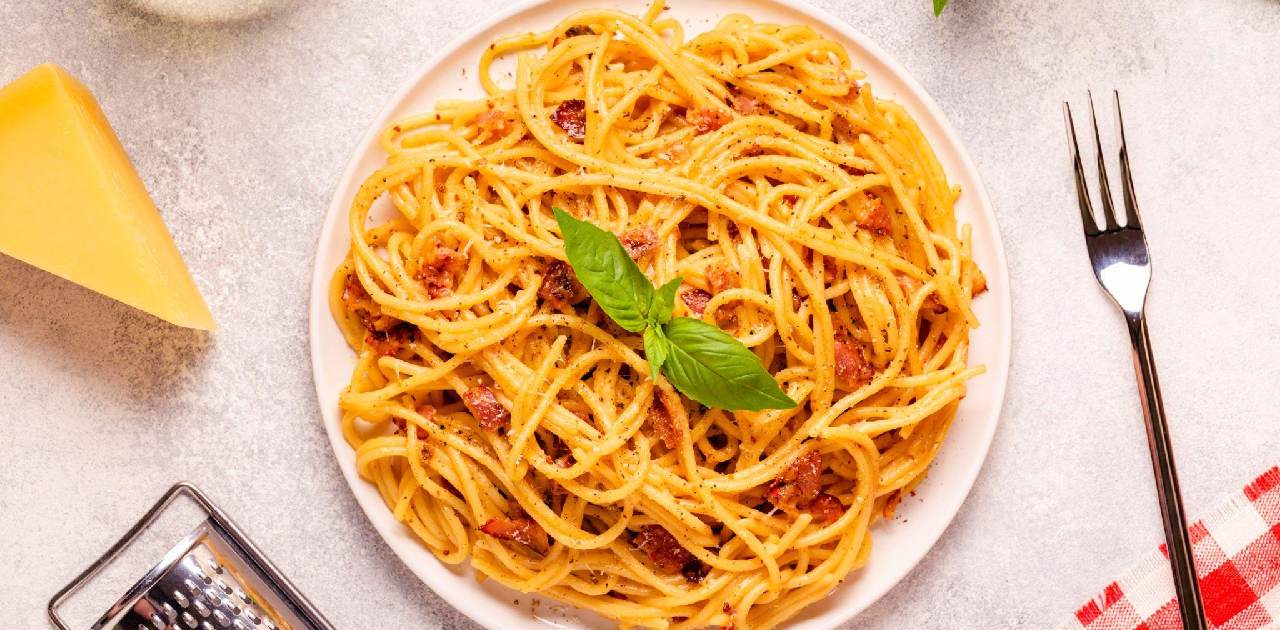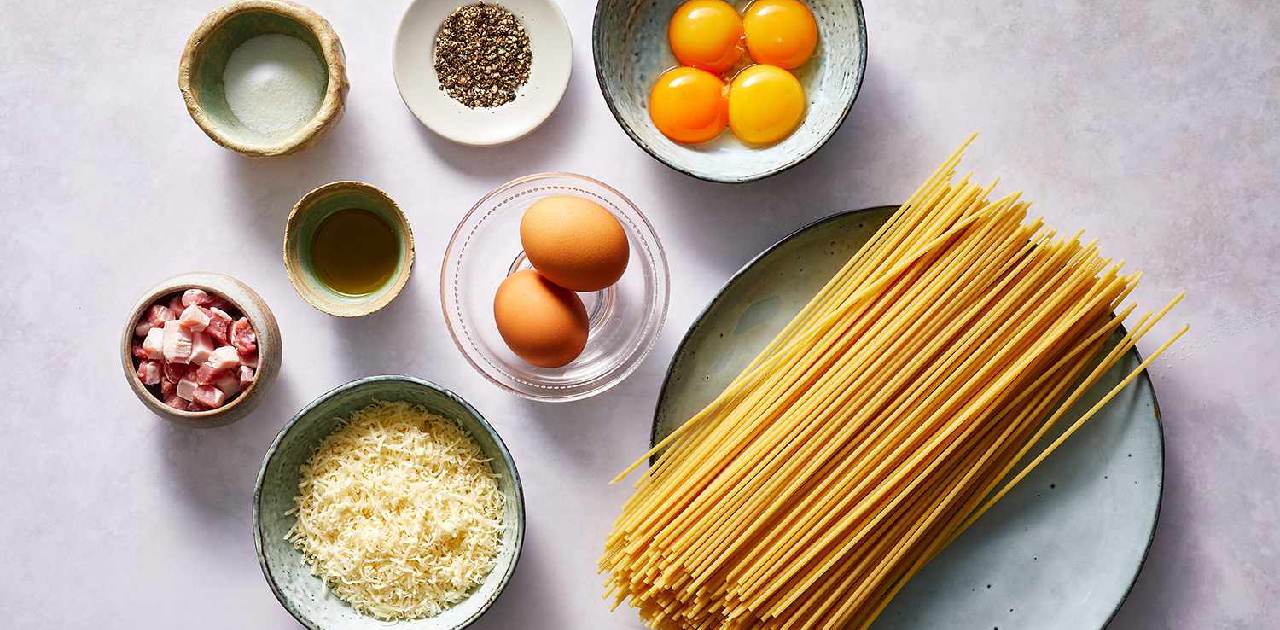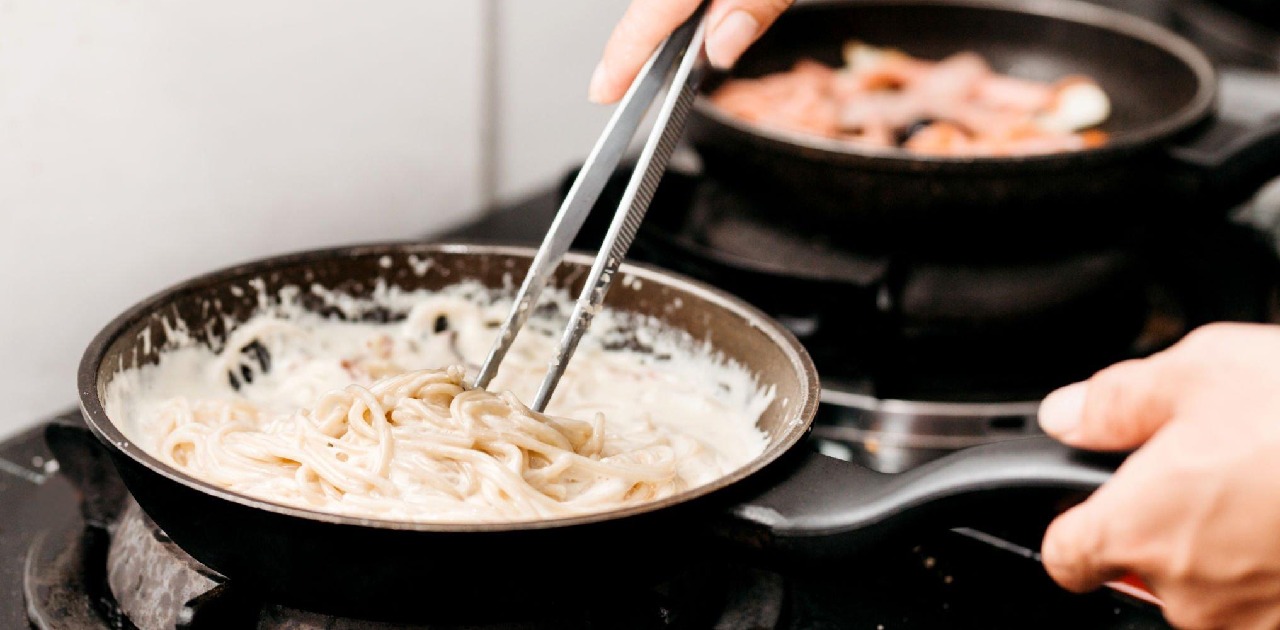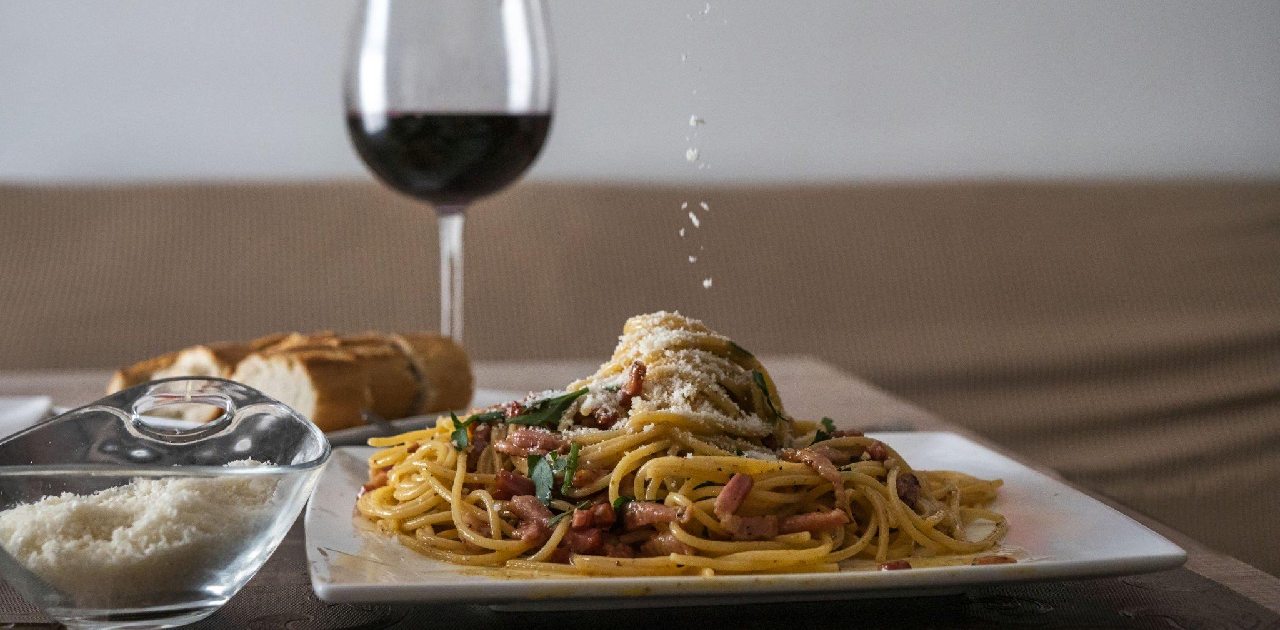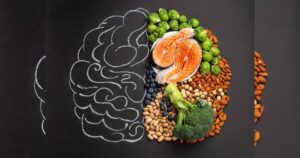If there’s one thing that Italy is known for, it’s their cuisine. Italian dishes have become popular all over the world, and one of the most beloved dishes is spaghetti and carbonara. This classic Italian dish is a staple in many households and restaurants. In this article, we will explore the history, ingredients, recipe, variations, and cultural significance of spaghetti and carbonara in Italy.
Introduction to Spaghetti and Carbonara
Spaghetti and carbonara is a classic Italian dish that originated in Rome. This dish is made with spaghetti pasta, eggs, cheese, guanciale, and black pepper. It is a simple yet delicious dish that has become popular all over the world. The combination of the creamy egg sauce with the salty guanciale and the al dente spaghetti makes this dish a favorite among pasta lovers.
History and Origin of Spaghetti and Carbonara
The history of spaghetti and carbonara is somewhat of a mystery. There are many stories about how this dish was created, but no one knows for sure. Some people believe that it was created by Italian coal miners who used bacon and eggs to create a quick and easy meal. Others believe that it was created by American soldiers during World War II who wanted a taste of home.
Despite the mystery surrounding its origins, spaghetti and carbonara has become a beloved Italian dish that is enjoyed by millions of people all over the world.
Ingredients Used in Spaghetti and Carbonara
The ingredients used in spaghetti and carbonara are simple yet flavorful. The pasta used is spaghetti, which is cooked until it is al dente. The sauce is made up of eggs, cheese, guanciale, and black pepper.
Guanciale is a type of cured meat made from pork jowl or cheeks. It is similar to bacon but has a more delicate flavor. Pecorino Romano is the cheese traditionally used in carbonara. It is a hard, salty cheese made from sheep’s milk.
Step-by-Step Recipe Guide for Spaghetti and Carbonara
Here’s a step-by-step recipe guide for making spaghetti and carbonara:
- Bring a large pot of salted water to a boil.
- Add spaghetti and cook until al dente.
- While the pasta is cooking, cut guanciale into small pieces and cook in a pan until crispy.
- In a bowl, whisk together eggs, pecorino romano cheese, and black pepper.
- When the pasta is cooked, reserve a cup of pasta water and drain the rest.
- Add the cooked guanciale to the pasta and mix well.
- Remove the pan from heat and add the egg and cheese mixture to the pasta.
- Mix well until the sauce is creamy and the pasta is coated.
- If the sauce is too thick, add some of the reserved pasta water to thin it out.
- Serve immediately and enjoy!
Tips for Cooking Perfect Spaghetti and Carbonara
Here are some tips for cooking perfect spaghetti and carbonara:
- Use high-quality ingredients. The better the quality of the ingredients, the better the dish will taste.
- Cook the pasta until it is al dente. Overcooked pasta will not hold the sauce well.
- Reserve some of the pasta water. The starchy water is perfect for thinning out the sauce if it is too thick.
- Mix the egg and cheese mixture off the heat. This will prevent the eggs from scrambling.
- Use a good quality pecorino romano cheese. This cheese is an essential ingredient in carbonara and will affect the flavor of the dish.
Variations of Spaghetti and Carbonara
While the traditional spaghetti and carbonara recipe is delicious on its own, there are many variations of this dish that you can try. Some popular variations include:
- Adding peas to the dish for a pop of color and sweetness.
- Using pancetta instead of guanciale for a milder flavor.
- Adding cream to the sauce for a creamier texture.
- Using different types of pasta such as fettuccine or linguine.
Pairing Spaghetti and Carbonara with Italian Wines
Spaghetti and carbonara pairs well with Italian wines such as Chianti, Barbera, and Montepulciano d’Abruzzo. The acidity of the wine cuts through the richness of the dish and enhances the flavors of the pasta.
Where to Find the Best Spaghetti and Carbonara in Italy
If you’re looking for the best spaghetti and carbonara in Italy, Rome is the place to be. There are many restaurants in Rome that serve this classic dish, but some of the best include Roscioli, Da Enzo al 29, and Felice a Testaccio.
Cultural Significance of Spaghetti and Carbonara in Italy
Spaghetti and carbonara is not just a dish in Italy, it is a part of the culture. This dish is a symbol of Italian cuisine and is enjoyed by people of all ages. It is a dish that brings families and friends together and is often served during celebrations and special occasions.
Frequently Asked Questions:
What is carbonara sauce made of?
Carbonara sauce is made with egg yolks, grated Pecorino Romano cheese, guanciale or pancetta (Italian cured meats), and black pepper. Some variations include heavy cream or white wine, but these are not traditional ingredients.
Is carbonara sauce difficult to make?
Carbonara sauce is not particularly difficult to make, but it does require some practice and attention to detail. The most important thing is to avoid scrambling the eggs by gradually adding the hot pasta water to the egg and cheese mixture and whisking it vigorously.
Can I use bacon instead of pancetta or guanciale?
While it is possible to use bacon instead of pancetta or guanciale, the resulting flavor will be different. Pancetta and guanciale have a richer, more intense flavor that complements the eggs and cheese in the sauce.
What kind of pasta should I use for carbonara?
Spaghetti is the traditional pasta used for carbonara, but other long, thin pasta shapes such as linguine or fettuccine can also be used.
What is the best way to cook spaghetti for carbonara?
Spaghetti should be cooked in a large pot of salted boiling water until al dente, which means it is still slightly firm to the bite. It is important to reserve some of the pasta water before draining the spaghetti, as this will be used to make the sauce.
Can I add vegetables or other ingredients to carbonara?
While some variations of carbonara include vegetables such as peas or mushrooms, it is not traditional to add any other ingredients to the sauce. Carbonara is a simple dish that relies on the flavor of the eggs, cheese, and cured meat to shine.
Is carbonara a healthy dish?
Carbonara is a rich and indulgent dish that is high in calories and fat. It is best enjoyed in moderation as part of a balanced diet.
Can I make carbonara ahead of time?
Carbonara is best served immediately after it is made, as the sauce can become dry or clumpy if it sits for too long. If you need to make it ahead of time, it is best to reheat it gently over low heat, adding a splash of pasta water if necessary to loosen the sauce.
Is carbonara a traditional Italian dish?
Yes, carbonara is a traditional Italian dish that originated in Rome. It is believed to have been created by Italian coal miners, who used the ingredients they had on hand – eggs, cheese, and cured meat – to make a simple and satisfying meal.
Can I use a different type of cheese in carbonara?
While Pecorino Romano is the traditional cheese used in carbonara, Parmigiano-Reggiano or a combination of the two can also be used. However, it is important to use a hard, salty cheese that will melt easily and add flavor to the sauce.
Conclusion
Spaghetti and carbonara is a classic Italian dish that has become popular all over the world. It is a simple yet delicious dish that is made with spaghetti pasta, eggs, cheese, guanciale, and black pepper. While the history of this dish is somewhat of a mystery, its cultural significance in Italy is undeniable. Whether you’re in Rome or cooking at home, spaghetti and carbonara is a dish that is sure to please.
